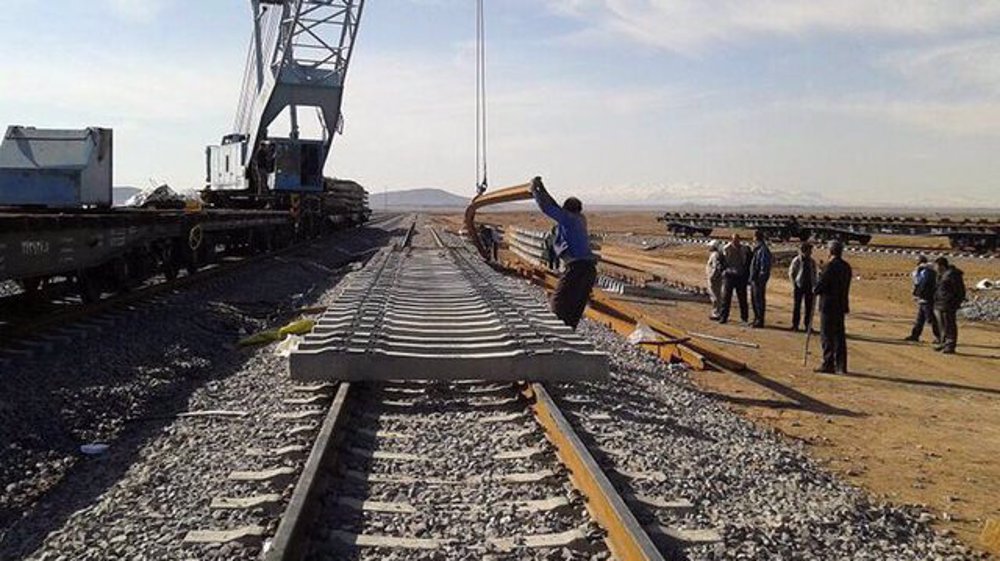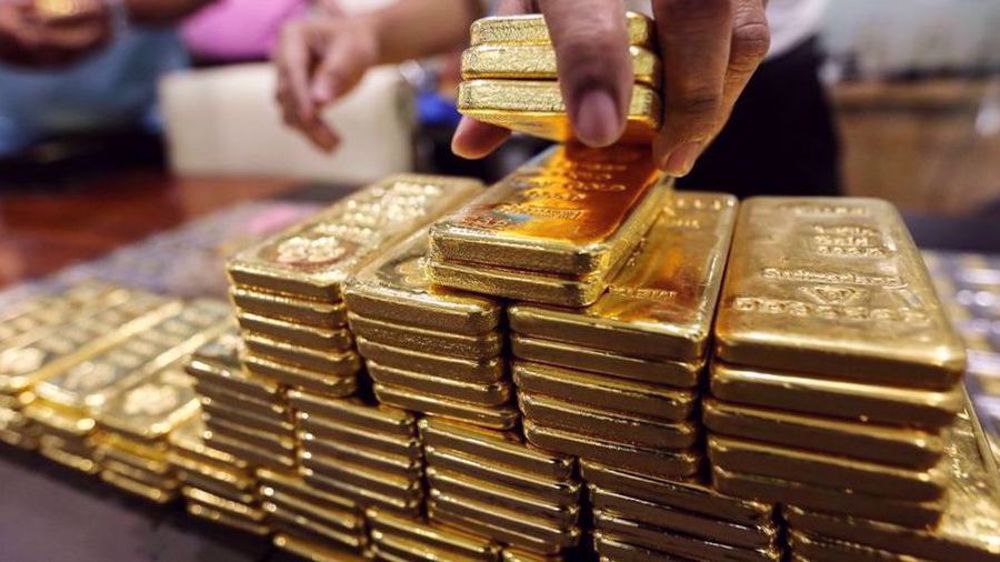Iran unveils stimulus package to lift economy
The Iranian government has unveiled a policy package to stimulate the stagnant economy through higher investment in production and boosting consumer spending.
The measures are envisaged for a duration of six months in the run-up to the lifting of sanctions. Expectations of the sanctions relief have deepened the market doldrums as consumers hold off on purchases of domestic goods.
Government officials are anxious amid warnings that the economy might be set for zero growth or even slip back into recession.
Since coming to office in 2013, the administration of President Hassan Rouhani has ridden out recession and presided over a growth rate of about 3% by following a tight monetary and fiscal policy.
It has also brought down inflation rates from above 40% to 15% and pledged to achieve single digits before his tenure is over.
For public spending, the government plans to use the banking sector to offer credit cards at concessionary rates for purchase of homemade goods. Loans up to 80% value of cars with repayment period of seven years are also on offer.

Senior economist Massoud Nili was unimpressed, saying consumer incentives were not sufficient and the government had to raise foreign exchange rates against the national currency, the rial, in order to prop up local exporters.
To boost production, the government will plough in $10 billion into the sector. It also plans to cut interest rates in order to lower borrowing costs for producers.
Minister of Economic Affairs and Finance Ali Tayebnia said there is an anemic demand for Iranian goods in the market which is the biggest challenge of the local producers.
Government debt to local banks and contractors
Meanwhile, Iranian banks and financial institutions are faced with a credit crunch amid piled-up debts owed by the government and defaulting private borrowers.
Some of the debt is the legacy of ex-president Mahmoud Ahmadinejad whose generation of liabilities through a series of development projects and reckless spending amid a flush of oil income left his successor with a massive burden.
The drop in oil prices has compounded the current government’s troubles. Tayebnia said the administration’s financial resources have dwindled by 24% as a result.
Nevertheless, the government’s debt is still below 25% of the gross domestic product (GDP) which, he said, is a far cry from more than 100% in many advanced countries.
“Being in debt per se is not a bad thing for the government. What is bad is being a bad debtor and having one’s books not in order,” the minister added.
Tayebnia said the government planned to clear its debts to contractors through issuing bonds worth 160 trillion rials ($5.3 billion). They will include 60 trillion rials of Sharia-compliant sukuk, 50 trillion rials of participation bonds and 50 trillion rials of treasury bills.

Iran to finish key rail link to Oman Sea until March: Report

Iran gains $1.3 billion from its gold import spree: Report

Iran’s top car manufacturers report fall in output
Israeli report: Only 25% of Hamas tunnels destroyed after months of war
US bans Arab states from supporting Lebanon, Syria reconstruction: Report
Hamas, PA laud France’s plan to recognize Palestinian state
Iran ‘giving diplomacy a genuine chance’ with Oman talks
US says can deport people for beliefs as students expelled
VIDEO | Spain’s Cordoba hosts Conference against Israeli media manipulation in Gaza war
Residential buildings, farms hit in new US strikes on Yemeni capital
VIDEO | Press TV's news headlines







 This makes it easy to access the Press TV website
This makes it easy to access the Press TV website